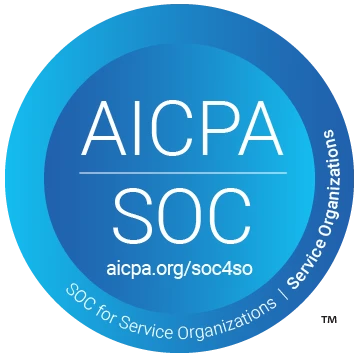WebAssembly applications with wasmCloud and NATS

WebAssembly aka Wasm was first published in 2017, allowing developers to bring their code to the browser to execute applications in high performance. In 2019, Mozilla introduced WASI - Web Assembly System Interface. This allowed Wasm apps to access resources beyond the browser, and run far more powerful systems.
As a result, WebAssembly (Wasm) has become a very hot topic with distributed application developers & architects. It is driving a major revolution in application platform design, even moving beyond the public cloud as a destination - and to the rapidly growing Edge ecosystem.
We see a natural affinity for the integration of Wasm and NATS, and have seen numerous developers implementing the two together. This is both for large enterprises trying to re-architect brittle cloud environments designed for vendor lock-in but also for emerging startups & SaaS disruptors that are building new global data businesses without any legacy technical debt.
Services like wasmCloud are creating a whole new paradigm for Cloud-Native developers by eliminating entire classes of problems such as security, portability and device independence.
If you want to see more of this in action, this recent article from Brooks Townsend, a maintainer on the wasmCloud team, is an excellent overview of the possibilities with Wasm and NATS.
Explore the article Globally Distributed WebAssembly Applications with wasmCloud and NATS
